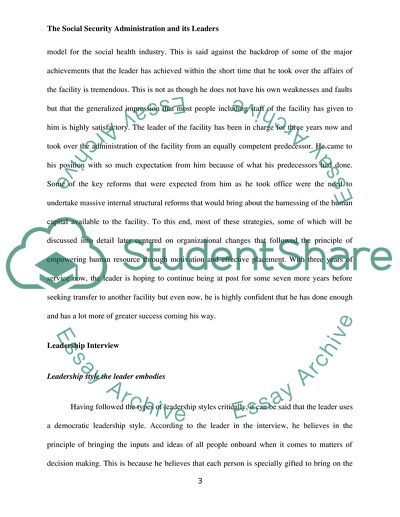Cite this document
(“The Social Security Administration and its Leaders Essay”, n.d.)
The Social Security Administration and its Leaders Essay. Retrieved from https://studentshare.org/social-science/1786859-the-social-security-administration-and-its-leaders
The Social Security Administration and its Leaders Essay. Retrieved from https://studentshare.org/social-science/1786859-the-social-security-administration-and-its-leaders
(The Social Security Administration and Its Leaders Essay)
The Social Security Administration and Its Leaders Essay. https://studentshare.org/social-science/1786859-the-social-security-administration-and-its-leaders.
The Social Security Administration and Its Leaders Essay. https://studentshare.org/social-science/1786859-the-social-security-administration-and-its-leaders.
“The Social Security Administration and Its Leaders Essay”, n.d. https://studentshare.org/social-science/1786859-the-social-security-administration-and-its-leaders.


